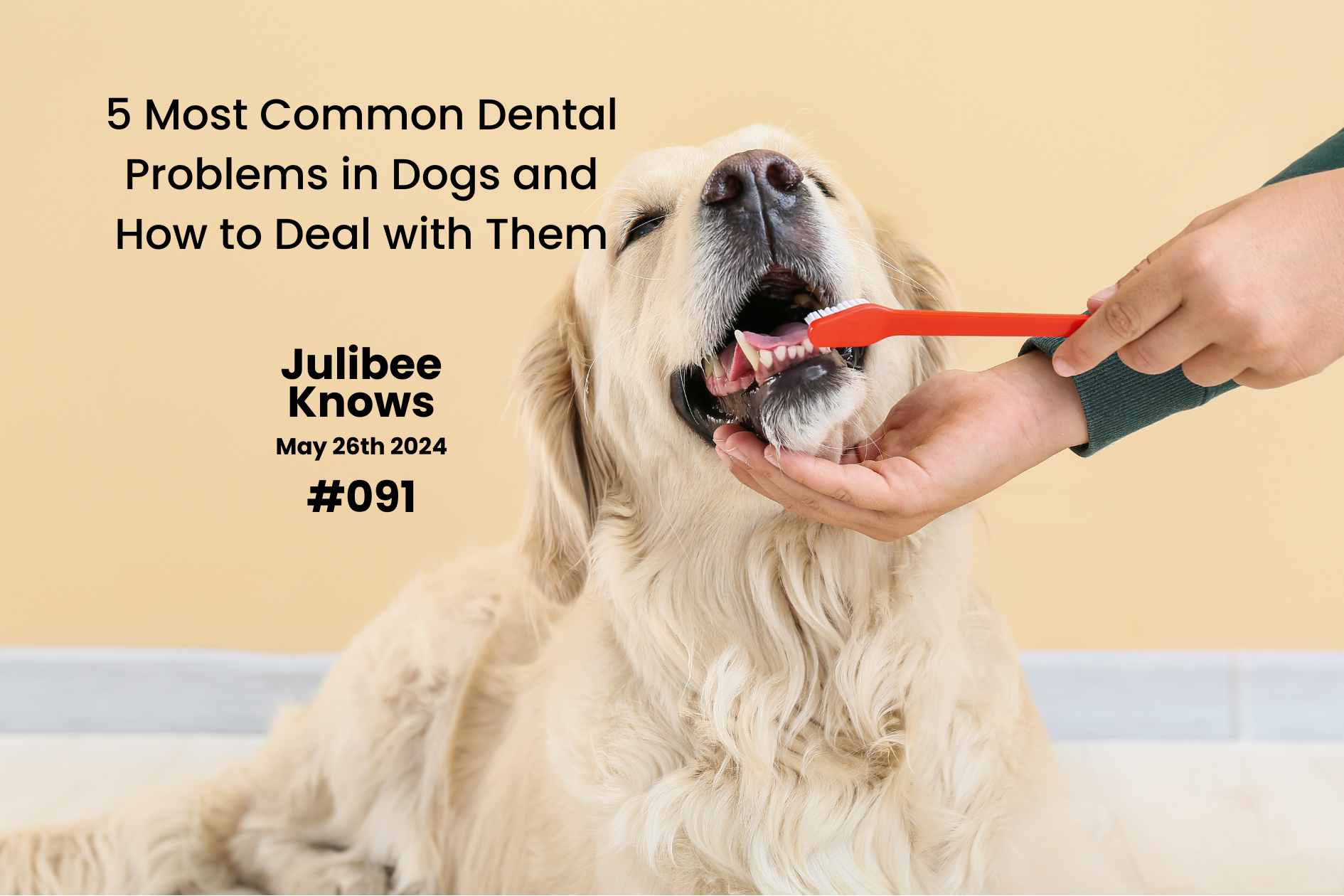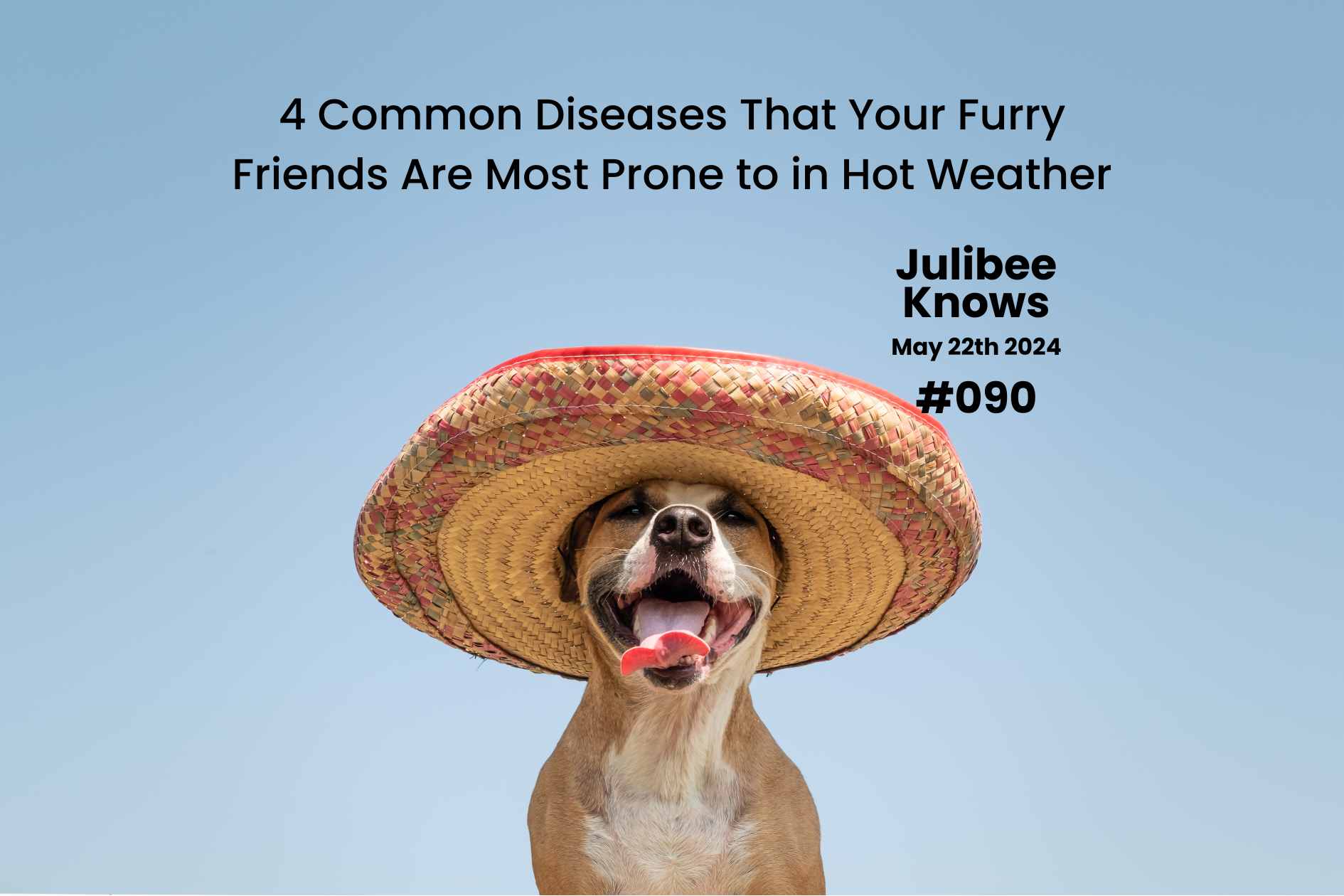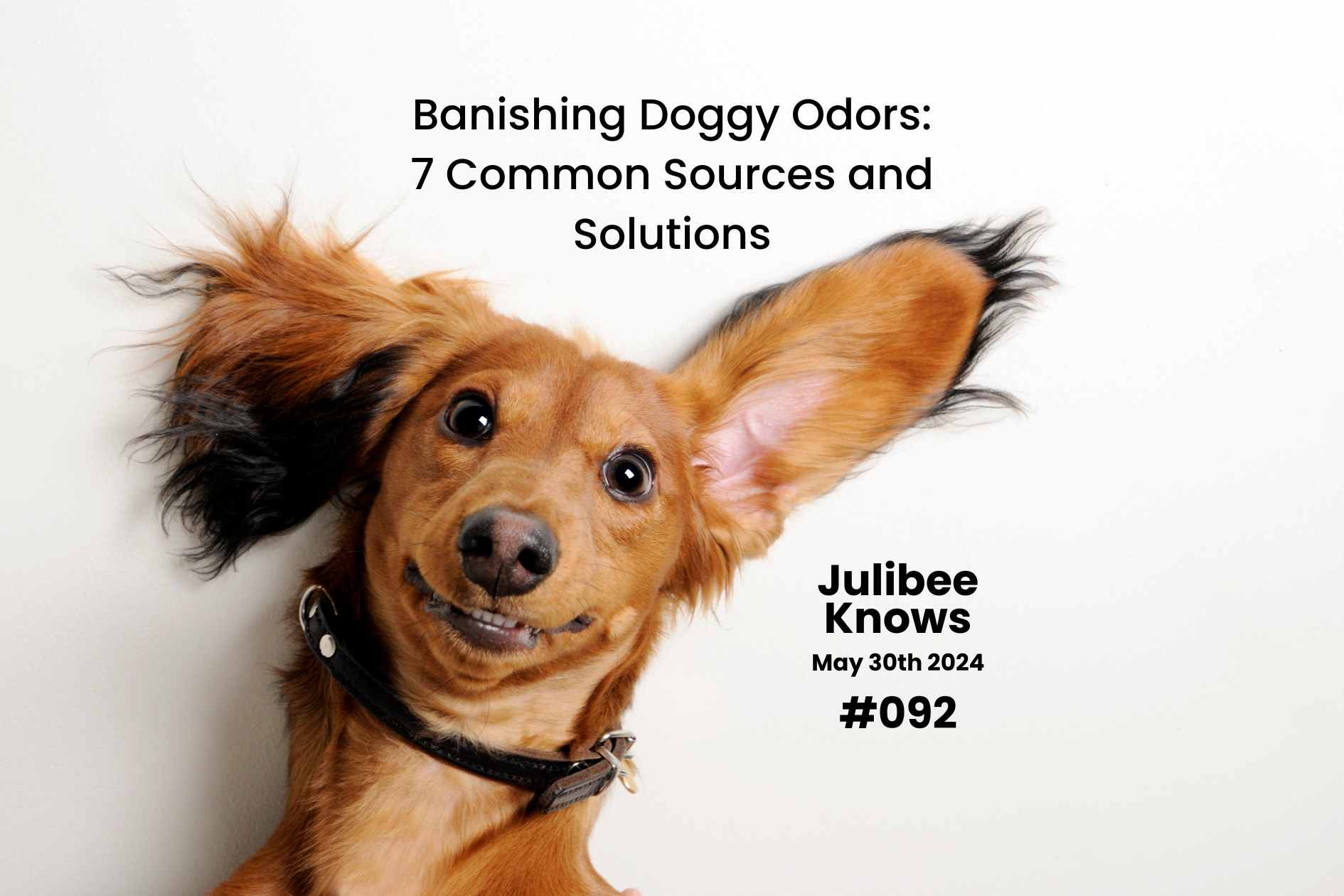
5 Most Common Dental Problems in Dogs and How to Deal with Them
Worried about your dog's dental health? Learn about the 5 most common dental problems in dogs, including gingivitis, periodontal disease, and dental trauma. Discover how to prevent these issues with brushing, professional cleanings, and more!
Inside this Article:
Dogs have "evolved" more thoroughly than humans in some aspects, such as "not having cavities. " As the saying goes, "toothache is not a disease, but it can be excruciating when it occurs. " However, dental diseases are not just a matter of pain, they can also lead to other systemic diseases.
Unlike human acidic saliva, dog saliva is alkaline and does not easily breed cavities. However, this does not mean that a dog's teeth will always remain strong. As they age, dogs can also encounter a variety of dental problems.
Dogs cannot express their own pain, and if they have dental discomfort, they may lose their appetite, drop food while eating, or paw at their mouths. If you notice any of these signs, you should suspect that your dog may have dental problems. Late-stage periodontal disease may be associated with the development of chronic kidney disease and systemic inflammation, so early treatment is very important.

1. Gingivitis
Gingivitis is an inflammation of the gums and is one of the most common diseases found during physical examinations. The incidence increases with age. Mild gingivitis can be relieved by brushing, while moderate to severe gingivitis requires dental cleaning.
2. Periodontal Disease
If gingivitis is not treated promptly, it may progress to periodontal disease. Periodontal disease is a series of diseases of the tissues surrounding the teeth, including the gums, alveolar bone, and periodontal ligament. Periodontal disease can lead to bone loss, and late-stage periodontal disease is the leading cause of tooth loosening and loss. Treatment methods include dental cleaning, scaling and root planing, and tooth extraction, and the most effective method of prevention is brushing.
3. Plaque and Tartar
Dental plaque is a product of the combination of oral bacteria and proteins in saliva, and it begins to form within minutes of brushing. Plaque is the culprit behind gingivitis, and the purpose of brushing is to remove plaque. When plaque mineralizes, it forms tartar, which cannot be removed by brushing and requires dental cleaning.
4. Dental Trauma
Dental trauma is also common and can cause tooth fractures, allowing bacteria to enter the tooth pulp and cause inflammation. Dental trauma usually requires tooth extraction or root canal therapy.
5. Malocclusion
If a dog's upper and lower teeth do not align properly, they may hit other teeth, the palate, or the lips, affecting its quality of life. This may be due to an overlong or undershot jaw, or teeth that are not in the correct position. If the malocclusion does not affect survival and feeding and is only a cosmetic issue, treatment may not be necessary. However, if the malocclusion continues to damage the dog's other teeth or oral mucosa, tooth extraction may be recommended.
6. Treatment and Prevention of Dental Problems in Dogs
When treating dental problems in dogs, a personalized treatment plan will be developed based on the dog's physical condition, type of disease, severity, and the owner's treatment goals. Since dogs have limited cooperation with medical treatment, general anesthesia is usually required for dental treatment.
Tooth extraction is the most common treatment method, especially when advanced periodontal disease is accompanied by severe bone loss. Removing loose teeth can eliminate pain and inflammation and prevent further progression of the disease.
While dogs do not get cavities, periodontal disease is the most common disease in dogs over the age of 3. The best way to prevent it is to brush their teeth, and it is best to start this habit from a young age. It is recommended to brush their teeth at least twice a week, and daily brushing is even better.
During annual physical examinations, it is recommended to have the veterinarian check their teeth to detect gingivitis early and treat it to prevent it from progressing to periodontal disease.
There are also some dog foods, chew toys, and water additives on the market that are designed to prevent dental diseases. While the principles of prevention vary, they may have some effect, but none can replace brushing.

References:
Here are some references you might find helpful on how to keep your dog's teeth healthy:
-
"How to Brush Your Dog's Teeth" by American Kennel Club: https://www.akc.org/expert-advice/vets-corner/dog-dental-care/
-
"Dog Dental Care: What You Need to Know" by VCA Animal Hospitals: https://vcahospitals.com/alameda-east/primary/services/primary-care/dental-care (This guide by VCA Animal Hospitals provides a comprehensive overview of dog dental care, including brushing techniques, signs of dental problems, and the importance of professional cleanings. )
-
"Signs of Dental Disease in Dogs" by PetMD: https://www.petmd.com/dog/conditions/mouth/dental-issues-dogs (This guide by PetMD highlights the signs and symptoms of dental disease in dogs, helping you identify potential issues early on. )


226 comentarios
FbqMSGZgP
sqEdZAVk
eLgJdZTHzCrcx
yroPxkaVQNAgUj
vdWsRLnUAGgx
JMBkyAZcRlVN